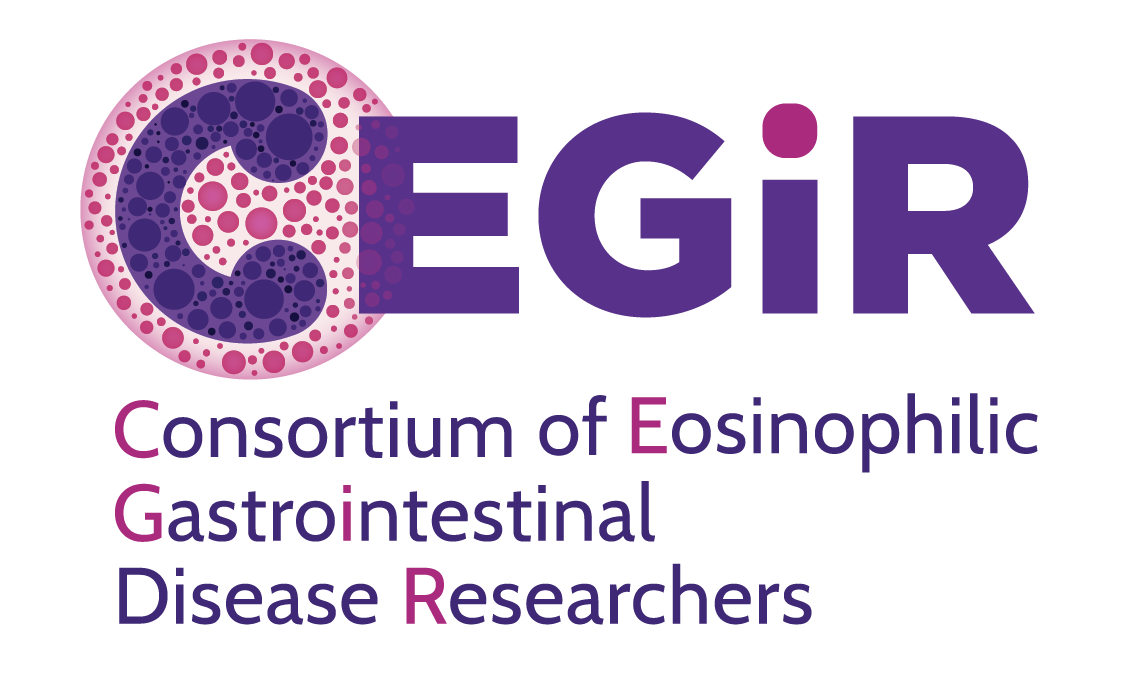Skip to main content
- PA: See Pernicious Anemia.
- PAG: See Patient Advocacy Group.
- Pancreas: A gland in the body located behind the stomach and extending towards the liver, the pancreas is responsible for producing and secreting some digestive enzymes and also insulin. Diabetes is a disease of the pancreas.
- Pancreatic Enzymes: Enzymes produced and secreted by the pancreas that are needed for proper digestion.
- Pancreatitis: Inflammation of the pancreas, sometimes caused by certain medications or alcoholism.
- Parasite: An organism that has invaded the body that normally does not live in the human body or human digestive system. Some parasites can cause eosinophilic infiltration of the digestive system.
- Parenteral Nutrition: Nutrition obtained through a vein.
- Patient Advocacy Group: An organization dedicated to improving the lives of patients and families.
- Patient-Reported Outcomes (PROs): A health outcome reported directly by the patient who experienced it, or by a caregiver on a patient’s behalf.
- Peristalsis: Contraction of the muscles in the digestive system in a wavelike fashion, such that foodstuff is moved down from the mouth and through the stomach and intestinal tract for elimination through the rectum. Motility disorders typically cause abnormalities with peristalsis.
- Peritoneum: A tissue that lines the abdominal wall and covers most of the organs in the abdomen. Peritoneal fluid lines the tissue as a lubricant.
- Pernicious Anemia (PA): Classically, PA is only used to describe an autoimmune disease in which the part of the stomach where intrinsic factor is secreted has been attacked by the body's immune system, rendering Vitamin B12 unabsorbable in the terminal ileum and thus causing anemia. However, some physicians also use PA to describe general Vitamin B12 deficiency regardless of the cause.
- PHTS: See PTEN Hamartoma Tumor Syndrome.
- Polyp: A growth or portion of abnormal tissue that extends from the digestive system wall into the hollow portion of the digestive system. Some are cancerous or pre-cancerous. Some are due to inflammation. Polypectomy may be performed during an endoscopy or colonoscopy procedure.
- Polypectomy: Removal of a polyp in the digestive system, usually during a colonoscopy or endoscopy procedure. A wire loop is placed over the polyp and then a very low electrical current is passed through the wire as the wire is moved such that the polyp is removed by the movement of the wire through the base of the polyp. The electrical current in the wire helps to cauterize the polyp removal location to reduce bleeding and prevent infection.
- PPI: See Proton Pump Inhibitor.
- PRO: See Patient-reported Outcomes.
- Probiotic: Bacteria that help maintain the natural balance of the intestine. These bacteria help reduce the growth of harmful bacteria. These bacteria can be given as a supplemental form of lactobacillus acidophilus, lactobacillus bifidus, some soil-based organisms and/or other bacteria that are known to inhabit healthy small and/or large intestines.
- Prognostic: Predicts the likely or expected development of a disease.
- Protease: A class of enzyme whose function is to digest other proteins.
- Protein: Amino acid containing molecules encoded by genes. A nutritional component required by the body to sustain life. Protein is made up of amino acids that have been connected together in a variety of configurations depending on the type of protein. Whole food proteins are believed to play a role in Eosinophilic Enteritis. See also Amino Acid.
- Protein Intolerance: Symptoms that develop after an immunologic reaction to one or more dietary proteins.
- Protein-Losing Enteropathy: An abnormal loss of protein through the digestive tract, resulting in low serum protein (protein in blood). This may lead to diarrhea, abdominal pain, edema and weight loss.
- Proton Pump Inhibitor (PPI): A medication that blocks the acid producing pumps in the stomach.
- Pruritus: Itching.
- PTEN Hamartoma Tumor Syndrome (PHTS): An autosomal dominant disease characterized by soft tissue growths; has been associated with EGID.
- Pyloric Stenosis: Fixed narrowing of the muscle that controls the outlet of the stomach (pylorus) to the small intestine. When the pylorus of the stomach is narrowed, it becomes difficult for food to pass from the stomach to the small intestine. This commonly leads to vomiting.
- Pylorus: The muscle that surrounds and controls the outlet of the stomach (between the stomach and the duodenum).

